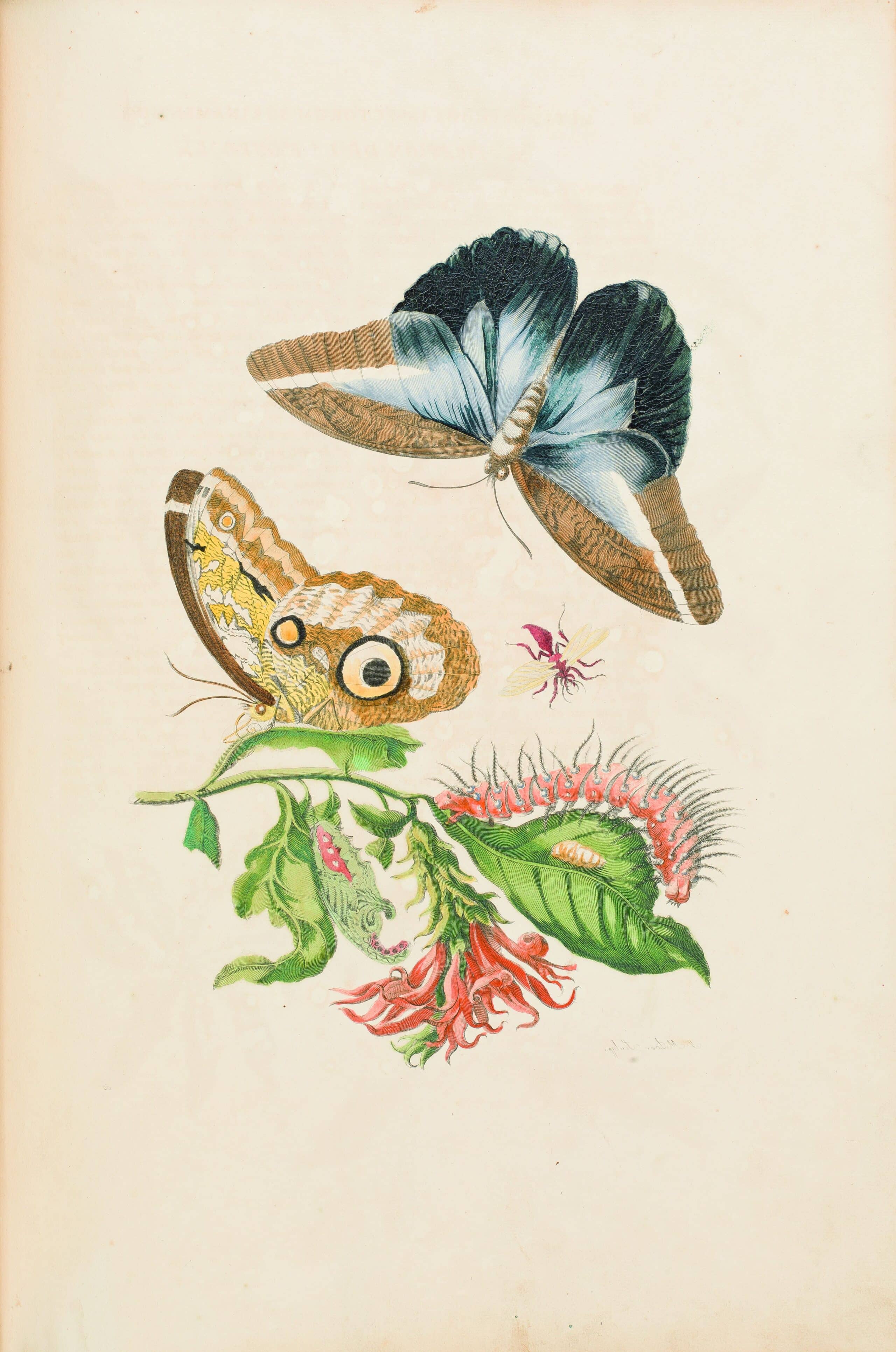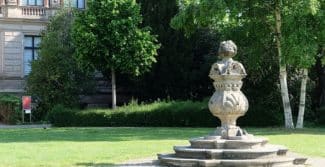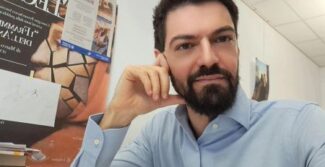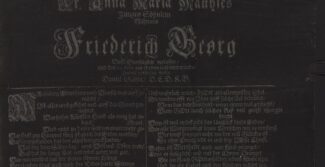What kinds of changes can affect insects and humans alike, what happens during the process of metamorphosis to produce a totally new creature and how does a caterpillar turn into a butterfly? The magnificent images in this exhibition allowed visitors to find out why metamorphosis exists and how it progresses.
The exhibition focused above all on books about insects by Maria Sibylla Merian (1647–1717). In 1705 her ‘Surinam book’ Metamorphosis insectorum Surinamensium was published, complete with 60 large-format copperplate engravings. Merian was also an exceptional artist and researcher who collected, observed and sketched caterpillars, butterflies and the plants they eat. She began her career as an artist by creating pictures of flowers which were generally adorned with likenesses of insects. This allowed Merian to develop modes of representation which were at that time entirely innovative: she depicted insects in all the stages of their metamorphosis (caterpillar, chrysalis, imago) along with the specific plant that would typically serve as their nutrition.
Metamorphosis generally refers to a change of shape or a transformation. As a theme it is of great importance for literature and the fine arts. The exhibition at the Herzog August Bibliothek also addressed the topic of transformation in Ovid’s Metamorphoses, where people are transformed into animals and plants in the most wondrous ways. Few works by ancient poets have left such a clear mark on European art and literature as the poetry of Ovid (43 BC – AD 17/18). In 15 books extending from the creation of the world to the deification of Julius Caesar, the running theme is constant change to which everything – both animate and inanimate – is subject, and the extent to which this is governed by the gods. Their love affairs and intrigues form a thematic focus of the epic poem. Metamorphoses had an immense impact on European culture from the Middle Ages to the Baroque era and beyond. For centuries, literary figures, artists and composers found the material for their works in Ovid’s tales of transformation – using motifs whose shades of meaning were always adapted to fit the context of that era.
Many of the exhibits belong to the Graphics Collection of the Herzog August Bibliothek, which was established by the two dukes Julius (1528–1589) and Heinrich Julius (1564–1613). It initially contained graphic series, which were sequences of prints that came to the library already bound in book form. Since 2007, much of the Graphics Collection has been accessible online via the Virtuelles Kupferstichkabinett (Virtual Print Room), along with the holdings of the prints and drawings collection at the Herzog Anton Ulrich Museum in Braunschweig.









